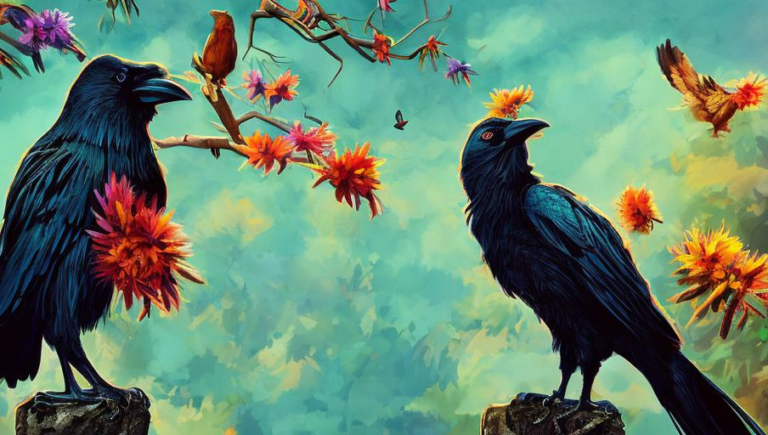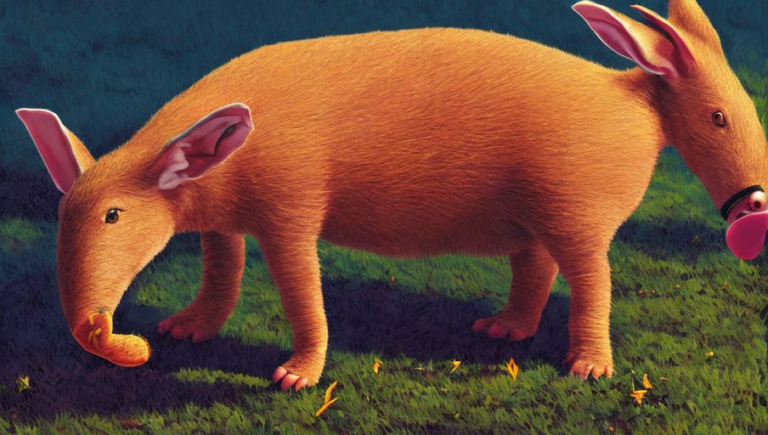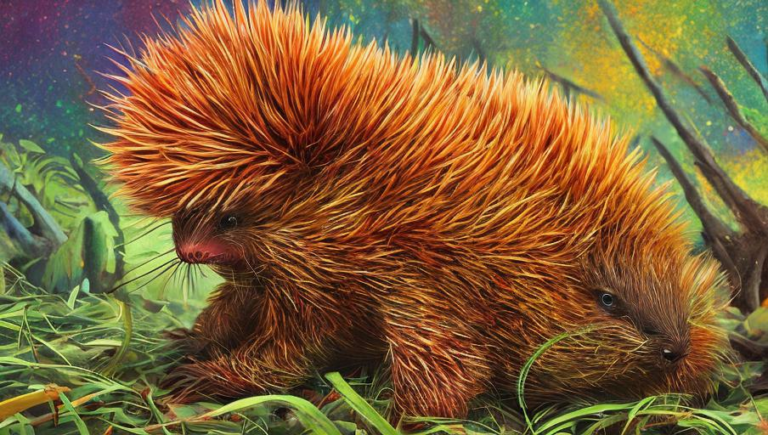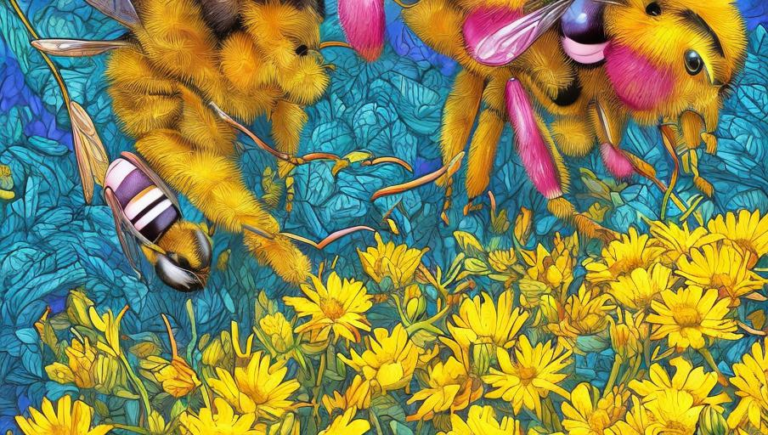Journeying with the Baboon: Exploring their Natural Habitats
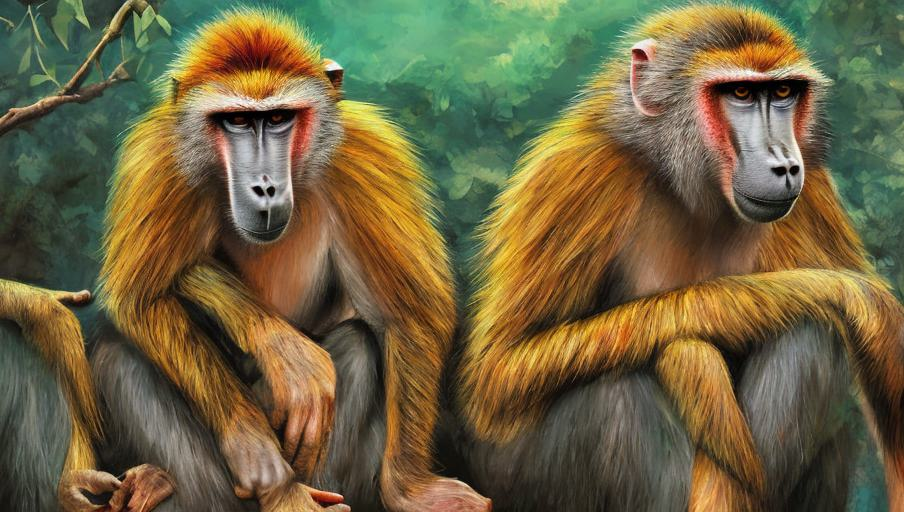
Introduction
The baboon is a widely distributed species found in Africa, the Middle East, and Arabia. For centuries, these creatures have been captivating us with their intelligence and social behavior. They are highly adaptable, making them well-suited to a variety of environments and habitats. But how exactly do baboons survive in their natural habitats? In this article, we’ll take a look at the baboon’s behavior, diet, and social structure, as well as what can be done to protect them.
Behavior
Baboons are diurnal animals, meaning they are active during the day and sleep at night. During the day, they can be seen foraging for food, socializing, and grooming. They are highly social, with groups of baboons typically consisting of multiple males and females. They are also very vocal, using a variety of sounds to communicate. Baboons are mostly terrestrial, meaning they spend most of their time on the ground. However, they can be quite agile and can often be seen climbing trees and rocks in search of food.
Diet
Baboons are omnivores, meaning they eat both plants and animals. Their diet consists mainly of fruits, nuts, leaves, and tubers, but they also feed on small animals such as insects, birds, and even small mammals. Baboons have highly developed digestive systems that allow them to digest a wide variety of food sources. They will often raid farms and human settlements in search of food, so it is important to take precautions to protect crops and livestock.
Social Structure
Baboons live in large groups known as troops. These groups are typically composed of one dominant male and several females and their offspring. The dominant male is responsible for defending the troop’s territory and leading them to food sources. There is also a strict hierarchy within each troop, with the dominant males at the top, followed by the females, and then the subdominant males and juveniles. Baboons are highly intelligent and can recognize individuals within their troop by their facial features and vocalizations.
Protection
Baboons are threatened by habitat loss, hunting, and poaching. In some areas, they are also killed for their meat and fur. To protect baboons, it is important to create protected areas and educate people about the importance of conservation. It is also important to ensure that baboons are not killed for meat or fur, and that their habitats are not destroyed through development projects. Finally, it is important to raise awareness of the plight of baboons and the importance of protecting their habitats.
Conclusion
The baboon is an incredible creature that is highly adaptable and can survive in a variety of environments. By understanding their behavior, diet, and social structure, we can better appreciate their role in the natural world and take steps to protect them. With the right efforts, we can ensure that baboons continue to thrive in their natural habitats for generations to come.
